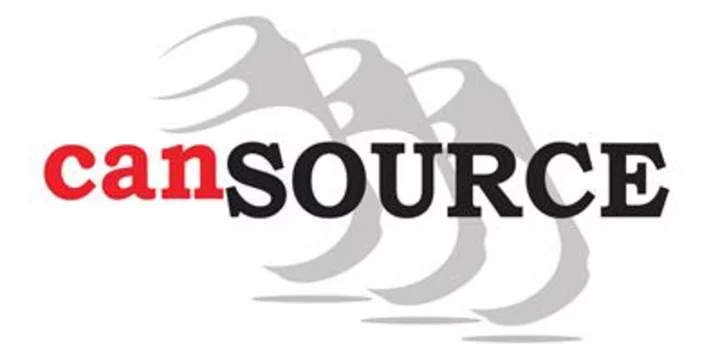By Ann Saphir and Michael S. Derby
(Reuters) -U.S. economic growth was modest amid a cooling labor market and slowing inflation pressures in July and August, a Federal Reserve report published on Wednesday showed, buttressing expectations that the central bank was either done, or close to being done, with interest rate increases.
"Most Districts reported price growth slowed overall," the Fed said in its latest "Beige Book" summary of surveys and interviews conducted across its 12 districts through Aug. 28. It added that "nearly all districts indicated businesses renewed their previously unfulfilled expectations that wage growth will slow broadly in the near term."
The U.S. central bank is widely expected to leave its benchmark overnight interest rate in the current 5.25%-5.50% range at the end of its Sept. 19-20 policy meeting, while leaving open the door to a final quarter-percentage-point hike before the end of the year.
Financial markets are pricing about even odds that the Fed's rate-hike campaign, begun 18 months ago, is over.
Fed officials are, however, keeping their options open. They believe that the 5.25 percentage points of rate hikes delivered since March 2022 are slowing the economy, capping job growth and most importantly slowing inflation, which soared to a 40-year high last year.
Data since the last Fed rate hike six weeks ago has tended to support that view, with the economy adding an average of 150,000 jobs per month over the last three months, down sharply from the prior three months. Inflation, as gauged by the Fed's preferred measure, was 3.3% in July, down from 7% last summer.
That's why even a hawkish policymaker like Fed Governor Christopher Waller was able to say that the central bank has time to take in new data before it decides whether it has to raise rates again, or can hold them at current levels.
Earlier on Wednesday, Boston Fed President Susan Collins also said the central bank has the space to be patient, while acknowledging that inflation pressures, though easing, still remain too high.
Collins, however, added that she did not believe a "significant slowdown is required" to get inflation down and "price stability is achievable with an orderly slowdown and only a modest unemployment rate increase - ideally preserving some of the favorable labor supply dynamics."
Still, prices continue to rise faster than the Fed's 2% goal, employers are adding many more than the monthly 100,000 jobs needed to meet population growth, and economic output appears to be far outpacing the less-than-2% annual growth rate Fed officials say is sustainable in the long run.
Many of the Fed's 12 regional banks found that amid decelerating price pressures, the ebbing was most notable in goods-centric parts of the economy, according to the latest Beige Book report.
CONSUMERS TURN TO BORROWING
The report also flagged some fraying around the edges of the consumer sector, noting that a rising number of households had exhausted savings built up during the coronavirus pandemic and were turning more to borrowing. At the same time, the report found evidence more households were struggling to manage debt.
The New York Fed district said migrants were putting strains on the local safety net. The report said "housing affordability, homelessness, and food insecurity continued to challenge communities" in the San Francisco Fed district, adding that "temporary housing shelters and food banks saw increased demand in recent weeks, especially from older adults."
The report noted that housing remains an issue and that the supply for single-family homes "remained constrained." Home building was picking up, the Fed said, but building affordable properties is being strained by high financing costs and rising insurance premiums.
(Reporting by Ann Saphir; Editing by Andrea Ricci and Paul Simao)









